Pyrroloquinoline Quinone(CAS# 72909-34-3)
| Safety Description | S22 – Do not breathe dust. S24/25 – Avoid contact with skin and eyes. |
| WGK Germany | 3 |
| FLUKA BRAND F CODES | 8 |
| HS Code | 29339900 |
Introduction
Pyrroloquinoline quinone. The following is an introduction to the properties, uses, preparation methods and safety information of pyrroloquinoline quinone:
Quality:
Appearance: Pyrroloquinoline quinone is a yellow to reddish-brown crystal.
Solubility: pyrroloquinoline quinone is almost insoluble in water, and is more soluble in organic solvents such as ethanol, acetone, etc.
Stability: Pyrroloquinoline quinone has good thermal stability.
Use:
Chemical reagents: Pyrroloquinoline quinone can be used as a reagent and catalyst in organic synthesis.
Dye pigments: pyrroloquinoline quinones are often used in the production of dyes and pigments, and can be used to dye textiles and prepare inks, etc.
Photosensitive materials: pyrroloquinoline quinone molecules contain aromatic ring structures, which make them have application potential in the field of optics.
Method:
The preparation method of pyrroloquinoline quinone is more complex and is generally synthesized by organic synthesis method. The preparation of pyrroloquinoline quinone includes the reaction of pyrrolotriol and aldehyde compounds, or the introduction of corresponding functional groups by synthesis.
Safety Information:
Pyrroloquinoline quinone has low toxicity, but it is still necessary to pay attention to safe operation, avoid inhalation, contact with skin and eyes, and prevent accidental ingestion.
When using pyrroloquinoline quone, appropriate protective equipment such as laboratory gloves, protective glasses, etc., should be worn.
Attention should be paid to the storage conditions and avoid contact with oxidants, strong acids, strong alkalis and other substances to prevent dangerous reactions.
When disposing of waste, it is necessary to dispose of it in accordance with relevant regulations to avoid pollution to the environment.


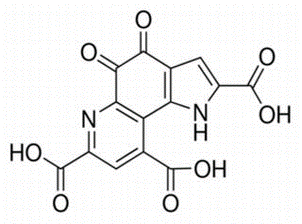
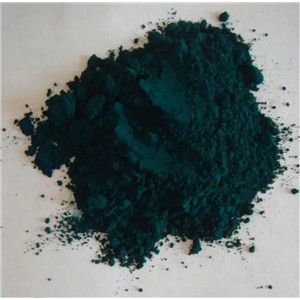
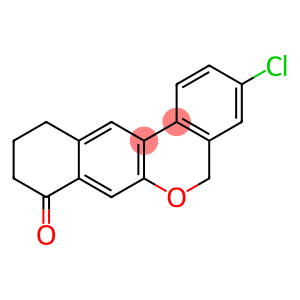

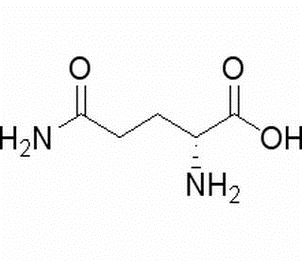
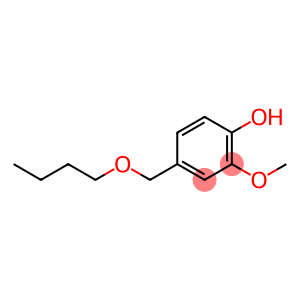
![2,2′-[1,2-ethanediylbis(oxy)]bis(ethanethiol)(CAS#14970-87-7)](https://www.xinchem.com/uploads/2-2-1-2-ethanediylbis-oxy-bis-ethanethiol.png)